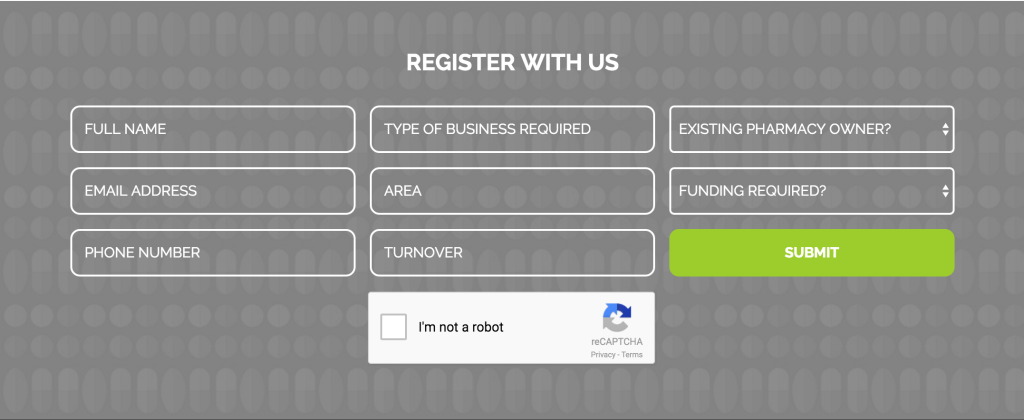
Photo credit: Pharmacy Sales & Finance for Pharmacy Businesses – Pharmacy Seekers.
Did you read our last piece about reCAPTCHA?
Google’s own reCAPTCHA system has been totally re-thought as ‘noCAPTCHA’. No longer do you have to re-enter jumbled-up words or listen to confusing sounds to verify that you are not a robot.
The new reCAPTCHA system learns about your browsing habits over time to gain a better idea whether you are a spammer or bot before allowing you access to fill in forms. The system blocks robots from submitting false forms filled with irrelevant information.
There are many websites which make use of the reCAPTCHA system:
Video game news and reviews website Eurogamer.net includes a reCAPTCHA spam-fighter on their contact page to ensure that only real, proper contact submissions get through.
Popular imageboard 4chan uses reCAPTCHA to keep spammers from overloading their servers or DDOSing (Denial of service attack) their hosting.
Have you implemented reCAPTCHA onto your website? did it stop spam? what was your experience? Leave a comment below to let us know how you got on.
